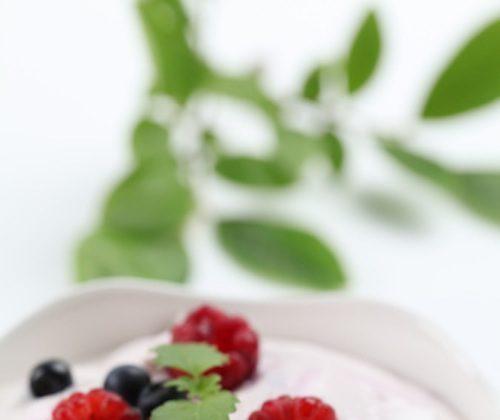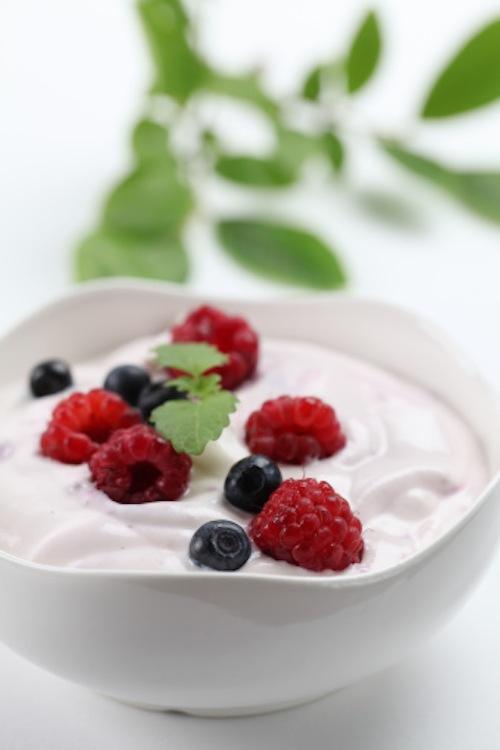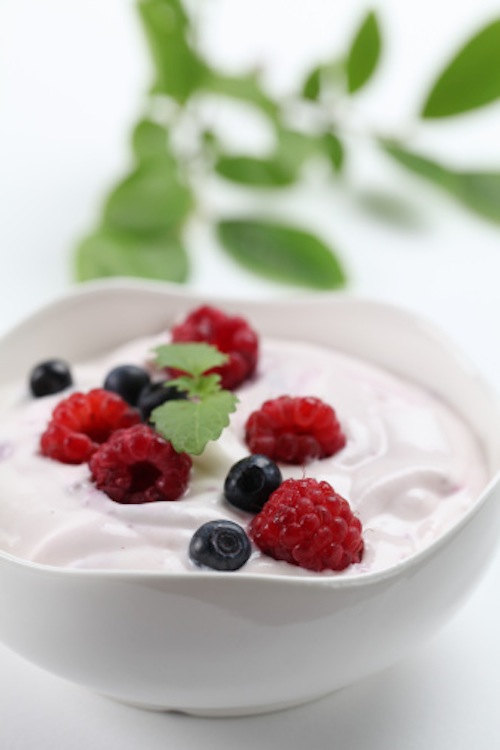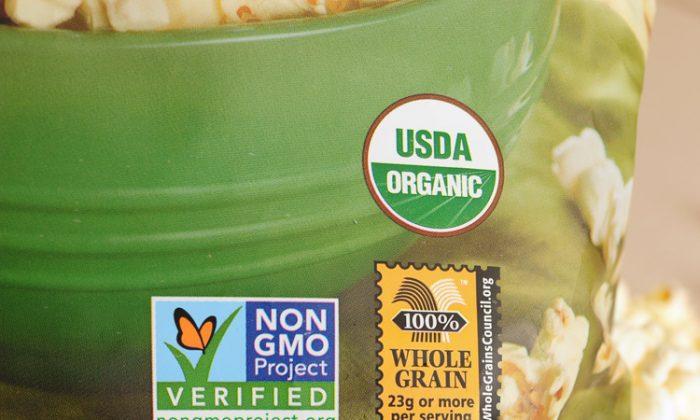It is commonly thought that Greek yogurt is better for you than regular yogurt. Even though it costs two to three times as much as regular yogurt, by 2011, it had garnered one-quarter of yogurt sales.
Its popularity has grown in the last five years from $60 million to $1.7 billion in annual sales, which is a 2,733 percent increase, according to a report in The New Republic titled “What Explains the Remarkable Rise of Greek Yogurt?”
It’s expensive to make Greek yogurt. It takes 4 pounds of milk to make 1 pound of the yogurt, according to the makers of Fage (pronounced fa-yeh) Greek yogurt.
Greek yogurt is a high-protein, low-sugar product made by straining out the whey from regular yogurt. Concentrated casein is left, making a thick, creamy yogurt that contains all nine amino acids needed to build protein.
But are you eating real Greek yogurt? Yoplait now has a consumer class-action suit against the company. “Customers paid a premium price for a product that was advertised as real Greek yogurt. But it was nothing more than a cheap imitation,” according to Zimmerman Reed, the law firm representing consumers.
Yoplait adds “milk protein concentrate (MPC) … a cheap, powdered form of dairy protein that is ultra-processed, almost always imported, and highly unregulated.” (Zimmreed.com)
According to DemocraticUnderground.com, these nonfood ingredients are found in MPC: dried bacteria, radioactive isotopes, heavy metals, pesticides, dioxins, and other dangerous residues.
In an article titled “High-Tech Shortcut to Greek Yogurt Leaves Purists Fuming,” NPR reported that food companies, seeing the success of real Greek yogurts, hired food specialist Erhan Yildiz to figure out how to cut the cost of making Greek yogurt. The result was cornstarch or tapioca fillers. Adding fillers cuts out some of the nutritional benefits, so can it still be called yogurt?
According to the FDA, the additions allowed to yogurt are skim milk or cream, vitamins, powdered milk products, and certain sweeteners. No mention is made of starches or MPC.
Kostas Mastoras takes credit for being the first to import Greek yogurt to the United States. He told The New Republic that during a visit to his homeland in 1988, he went to pick up some Fage feta cheese for his store, Titan Foods in Queens.
In Greece, he was persuaded to take back a small shipment of Greek yogurt to test out in his store. It was such a success that Mastoras’s company, Optima Food, began distributing Greek yogurt to other stores in New York City.
Why is Greek yogurt so popular? Most people say it is more filling and more nutritious compared to regular yogurt. They say it satisfies hunger, keeping one from eating something else. Fewer people say that it is their favorite snack or that they have a craving for it, according to UBS Investment Research Food Images.
In Greece, whole milk, which is about 10 percent fat, is used to make yogurt. (The real Mediterranean diet is not low-fat.) Fage Classic and Olympus are most like the original Greek yogurt. Several other companies keep the additives out but make a low- or no-fat product.
Chobani Greek yogurt is made in upstate New York from milk free of growth hormones. Green Mountain is made in Vermont and is similar to Chobani. Stonyfield’s Oikos Greek yogurt is no-fat, all organic, and made of milk from grass-fed cows.
Other Greek yogurts contain one or more of these additives: stabilizers guar gum and pectin, water, fructose, natural flavor, carrageenan, sodium citrate, potassium sorbate, corn starch, modified cornstarch, sugar, and sucralose.
Are these real Greek yogurts? How about non-dairy “Greek yogurt”? Then vegans could have their “Greek yogurt” and eat it too!
The Epoch Times publishes in 35 countries and in 19 languages. Subscribe to our e-newsletter.






